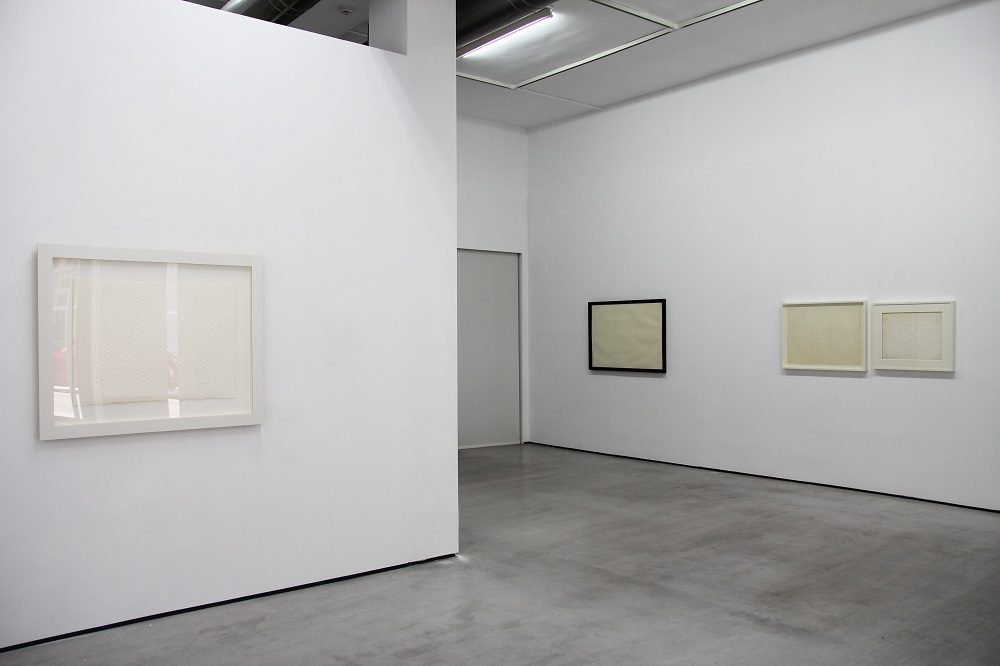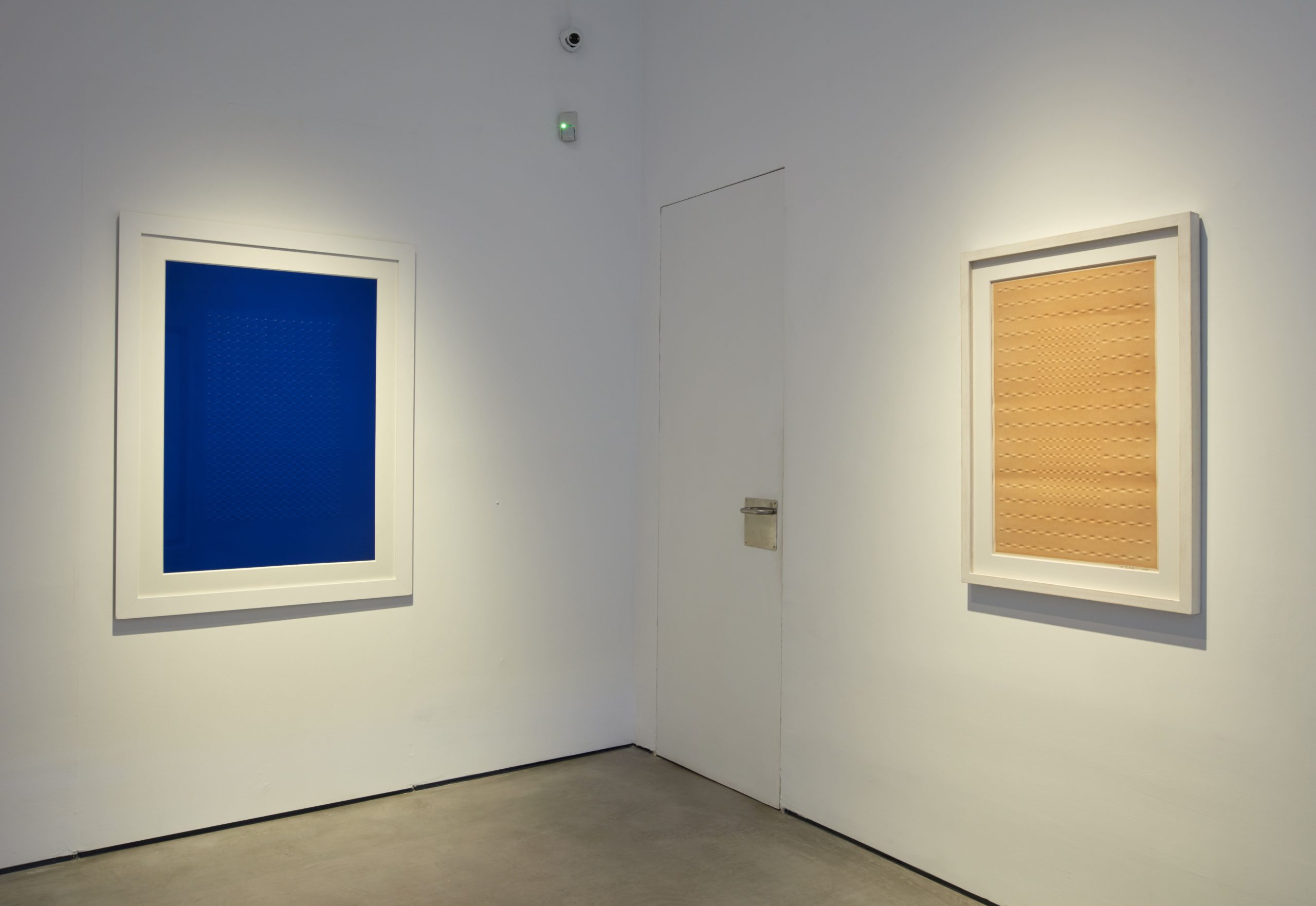Madrid
Cayón Gallery is pleased to present Enrico Castellani. Carte a rilievo across its two spaces on Blanca de Navarra Street in Madrid. This is the gallery’s second solo exhibition dedicated to the Italian artist Enrico Castellani (1930–2017).

Curated by Bruno Corà—one of the foremost experts on Castellani’s work and also the curator of the artist’s previous exhibition at the gallery in 2013—the show offers a journey through Castellani’s works on paper, a field of creation closely connected to his canvas-based practice but one that has received little attention to date.
Enrico Castellani trained in painting and sculpture at the Royal Academy of Fine Arts in Brussels, where he also earned a degree in architecture in 1956.

After completing his studies, Castellani returned to his native Italy, where in 1959 he co-founded the Azimut gallery in Milan alongside Piero Manzoni. This space—closely associated with a publication of the same name (spelled Azimuth)—became a meeting point for the most contemporary forms of art and served as a platform for investigating the distinguishing features of emerging artists in contrast to the prevailing movements of Tachisme and Art Informel. Both the gallery and the magazine became vital hubs for exploring, producing, and presenting the new artistic trends that were gradually taking shape.
Castellani’s early works on paper, created between 1954 and 1958, align with the Informalist movement. Starting in the second half of 1958, he began incorporating filaments and threads into his pieces, revealing an early interest in introducing relief into the flat surface of the artwork—a technique he would apply in both his works on canvas and on paper.
In 1959, the year he created Superficie nera in rilievo, Castellani established the foundations of what would become his defining artistic approach: outward and inward surface tensions created using nails, generating a new topography on the artwork’s surface. Through this technique, Castellani’s practice transcended the traditional limits of painting by incorporating elements of sculpture and architecture in an effort to explore and present a new visual paradigm. Committed to redefining art in response to contemporary concerns, Castellani integrated light, space, and movement into his pieces, thereby moving beyond the flatness of the pictorial surface.
From 1959 onward, he would apply this technique not only to works on canvas but also to his works on paper, where the rough texture of the material intensified the effects of light and shadow.
The exhibition Enrico Castellani. Carte a rilievo—the first since the artist’s passing last year—brings together nearly twenty works on paper that highlight Castellani’s enduring fascination with material, order, shadow, light, and monochrome. The show has been organized in collaboration with the Archivio Castellani (Milan) and several European collectors.






